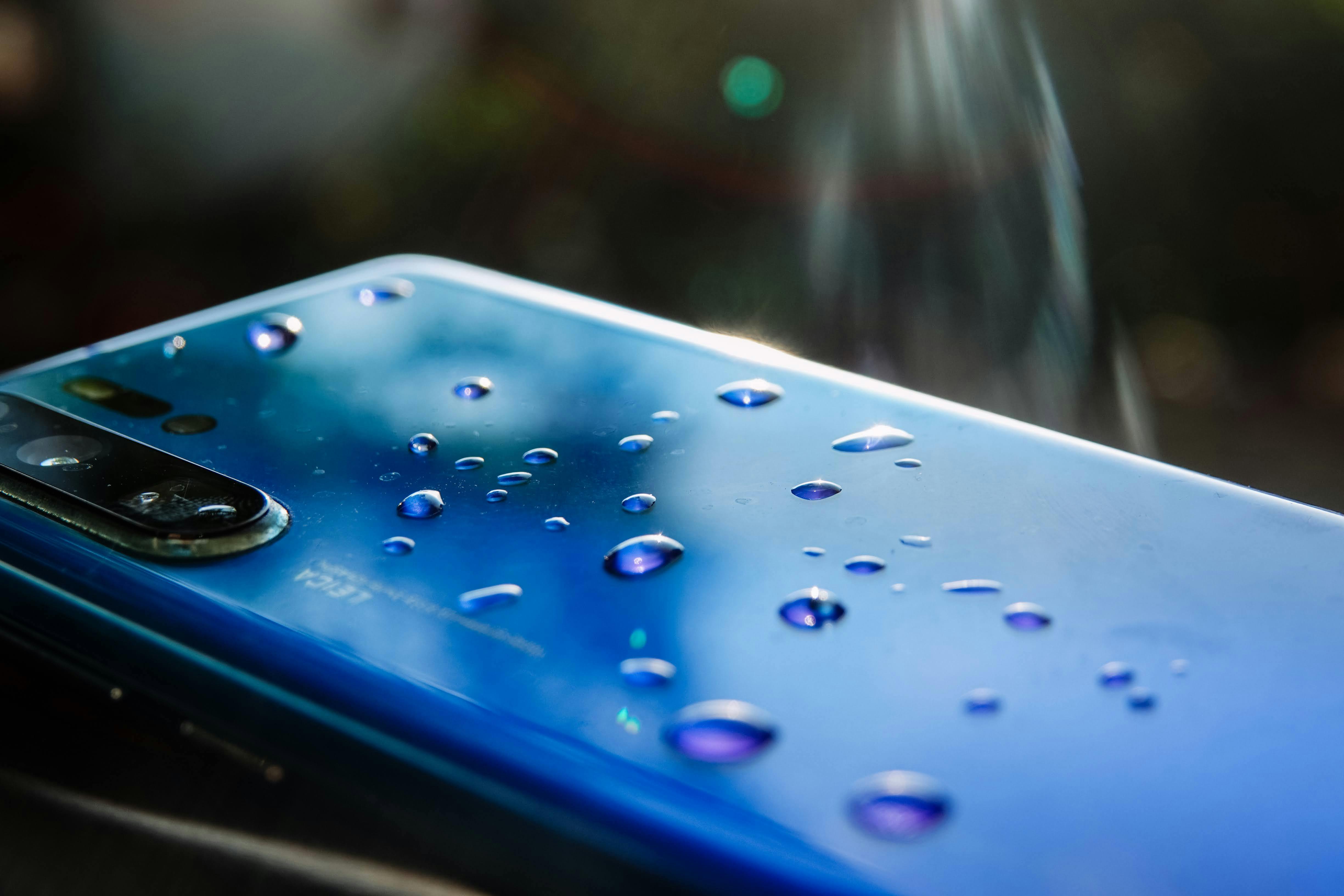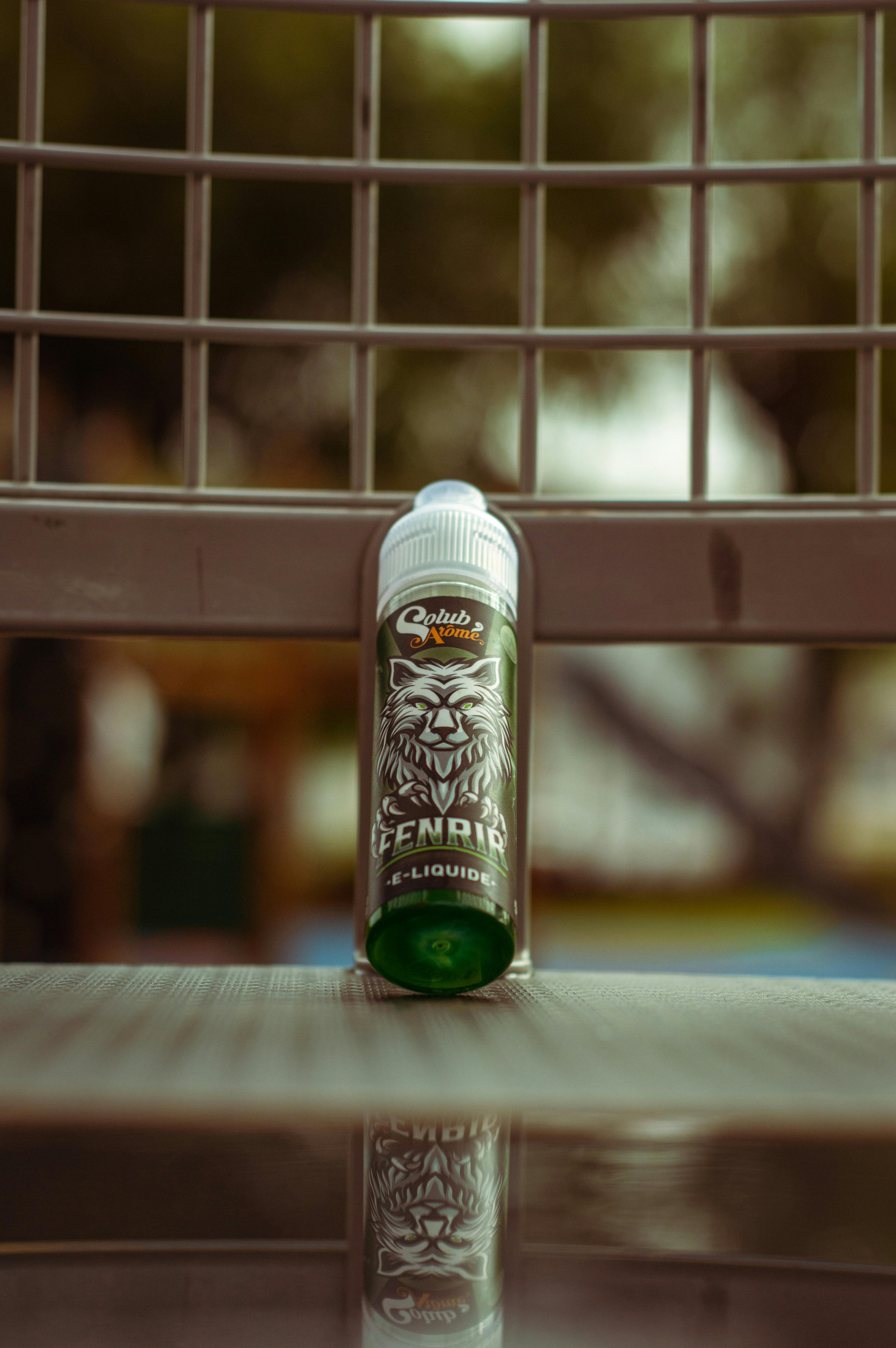Advancements in Waterproof Electronics
Imagine never having to worry about water damage ruining your electronic devices ever again. Thanks to recent advancements in waterproof technology, your gadgets can now withstand the elements and keep working even when exposed to water. Whether you’re a beachgoer, a fitness enthusiast, or just accident-prone, these innovations in waterproof electronics are here to make your life easier and worry-free. Say goodbye to the stress of accidental spills, rainstorms, or drops in the pool – your devices are now protected from any water-related mishaps. It’s time to embrace these exciting advancements and enjoy your gadgets without the fear of water damage.

Table of Contents
ToggleAdvancements in Waterproof Electronics
Waterproof electronics have become increasingly popular in recent years, as people seek to take their gadgets everywhere they go, from the pool to the beach and even underwater. In response to this demand, manufacturers have made significant advancements in waterproofing materials, sealing techniques, nanotechnology, durability, and miniaturization. These advancements have not only enhanced the reliability and performance of electronic devices but have also opened up new possibilities for their use in various industries. Let’s take a closer look at each of these areas and explore the incredible innovations that have been achieved.
Waterproofing Materials
When it comes to waterproofing electronics, choosing the right materials is crucial. Manufacturers have developed a range of specialized coatings and films that effectively protect electronic components from water damage. Silicone coatings, for example, are widely utilized due to their excellent water repelling properties. They create a protective barrier over the electronic device, forming a watertight seal that keeps moisture out. Polyurethane films are another popular option as they provide a flexible and durable waterproofing layer. Fluoropolymers, known for their high resistance to water, oil, and chemicals, have also found their way into waterproof electronics. In recent years, nanocoatings and graphene-based coatings have emerged as cutting-edge materials that offer superior waterproofing capabilities.

Sealing Techniques
Sealing techniques play a crucial role in ensuring that electronic devices remain completely waterproof. Manufacturers employ various sealing methods depending on the design and functionality of the device. Adhesive bonding is a widely used technique that involves using adhesives to join and seal different parts of the electronic device. Ultrasonic welding, on the other hand, employs high-frequency vibrations to fuse components together, creating an airtight seal. Potting and encapsulation are commonly used in devices with complex internal structures. This technique involves filling the device with a resin or silicone-based material, creating a protective barrier. O-ring sealing and gasketing are other effective sealing techniques that involve the use of rubber gaskets or O-rings to create a watertight seal between components.
Nanotechnology and Waterproofing
Nanotechnology has revolutionized the field of waterproofing electronics, offering unparalleled protection against water damage. Self-healing materials have been developed, which can repair minor damages caused by wear and tear or small punctures. These materials possess the remarkable ability to repair themselves automatically when exposed to air or moisture. Smart moisture sensors are another nanotechnology advancement that helps detect and alert users to any potential water leakage or intrusion. Advanced waterproof membranes, made of nano-sized pores, allow for the passage of air and water vapor but prevent the entry of liquid water. Nanocomposites, which consist of nanoscale materials embedded in a polymer matrix, further enhance the waterproofing capabilities of electronic devices.

Improved Durability
In addition to being waterproof, electronic devices must be durable enough to withstand various environmental challenges. Manufacturers have made significant progress in enhancing the durability of waterproof electronics to ensure they can withstand the test of time. Corrosion resistance is one area where improvements have been made, as electronic components are often exposed to moisture and other corrosive substances. Impact resistance is another crucial aspect, especially for devices that may encounter rough handling or accidental drops. Temperature resistance has also been taken into consideration, as electronic devices may need to function in extreme hot or cold environments. Chemical resistance and UV resistance are other factors that have been addressed to ensure the longevity of waterproof electronics.
Miniaturization of Waterproof Components
With the increasing demand for smaller and more portable electronic devices, manufacturers have been focusing on miniaturizing waterproof components without compromising their performance or durability. Waterproof printed circuit boards (PCBs) have been developed, allowing for the seamless integration of waterproofing features into electronic devices. Waterproof connectors, which eliminate the risk of water intrusion at the connection points, have also become more compact without sacrificing their effectiveness. Waterproof batteries, essential for powering portable devices, have been redesigned to be smaller and more lightweight. Waterproof microchips, the brains behind electronic devices, have undergone miniaturization to ensure they can fit within the tightest spaces while remaining completely waterproof.
Waterproofing in Consumer Electronics
Consumer electronics have undoubtedly benefited from the advancements in waterproofing technology. The ability to use electronics in water-intensive environments has given rise to a wide range of waterproof products that enhance our daily lives.
Waterproof headphones have become a favorite among music enthusiasts who enjoy swimming or engaging in water sports. These headphones are specifically designed to withstand water immersion without compromising sound quality.
Waterproof earbuds offer a more portable and compact option for those who prefer a hands-free audio experience while swimming or exercising outdoors. The snug fit and waterproof design ensure that they stay securely in place, even in the most vigorous activities.
Fitness trackers have become increasingly popular among active individuals looking to monitor their health and exercise progress. Waterproof fitness trackers enable users to track their swimming sessions accurately, measuring distance, strokes, and even heart rate.
Waterproof smartwatches have revolutionized the way we interact with our mobile devices. Whether you’re checking notifications, answering calls, or tracking your workouts, these wearable devices can now accompany you even underwater.
Waterproof Smartphones
One of the most significant advancements in waterproof electronics has been the development of waterproof smartphones. Previously, dropping your phone in water would have been a disaster, but with waterproof smartphones, taking underwater pictures or answering calls in the rain has become a reality.
IP certification, commonly seen in waterproof smartphones, provides a standardized rating that indicates the device’s level of water resistance. The IP rating is composed of two digits, the first indicating the level of protection against solids such as dust, while the second indicates the level of protection against liquids such as water. The higher the number, the higher the protection.
Waterproof design features in smartphones include sealed ports, reinforced glass or metal frames, and tightly fitted components that keep water out. These design elements allow users to confidently use their smartphones in wet environments without the risk of water damage.
Underwater photography has become a favorite hobby for many smartphone users thanks to the advancements in waterproof technology. With waterproof smartphones, capturing stunning underwater shots and exploring the mysterious depths of the sea has never been easier.
Waterproof accessories such as waterproof cases and pouches offer an additional layer of protection to keep smartphones safe even in extreme conditions. These accessories are popular among outdoor enthusiasts, beachgoers, and travelers who want to capture every moment without worrying about water damage.
Waterproof Wearable Devices
Wearable devices have become an integral part of our lives, providing us with valuable information and enhancing our overall well-being. The ability to wear these devices in water and extreme environments has expanded their versatility and usability.
Waterproofing fabrics have allowed the integration of wearable devices into clothing, making it possible to track various health metrics while engaging in water-based activities. These fabrics are designed to repel water and ensure the devices remain fully functional and comfortable to wear.
Swim-friendly fitness wearables are specifically designed for swimmers, allowing them to track their swimming performance accurately. These devices are capable of measuring strokes, distance, speed, and even providing real-time feedback to improve swimming techniques.
Diving watches have become more reliable and durable, offering enhanced water resistance and rugged features suitable for deep-sea exploration. These watches can withstand high-pressure depths and extreme underwater conditions, making them a must-have for diving enthusiasts.
GPS trackers for watersports provide peace of mind to water sports enthusiasts, such as surfers, kayakers, and sailors. These trackers offer real-time location monitoring and emergency communication capabilities in case of an accident or distress situation.
Waterproof Cameras and Drones
Photography and videography enthusiasts have also greatly benefited from advancements in waterproofing technology. Waterproof cameras and drones have allowed for breathtaking shots in water and extreme outdoor conditions.
Waterproof cameras are designed to withstand water immersion while capturing high-quality images and videos. From compact point-and-shoot cameras to professional DSLRs, these devices are equipped with specialized seals and components that prevent water from entering and damaging the sensitive electronics.
Underwater photography has been taken to new heights with the introduction of waterproof drones. These drones can safely land and take off from water surfaces, allowing for incredible aerial shots above the water or beneath the surface. The waterproofing features of these drones protect the internal components from water intrusion, ensuring they remain fully functional.
Waterproofing in Industrial Electronics
Waterproofing technology has also found its place in various industrial applications, where electronic devices must withstand harsh and demanding conditions. From industrial control systems to sensors and transmitters, waterproofing has become essential for reliable operation in challenging environments.
Industrial control systems, such as those used in manufacturing and process control, often require waterproof and dustproof enclosures to protect the sensitive electronic components from exposure to liquids, dust, and debris. These enclosures ensure uninterrupted operation, even in rugged industrial environments.
Waterproof sensors and transmitters are utilized in a wide range of industries, including agriculture, oil and gas, and environmental monitoring. These devices are designed with waterproofing features to withstand exposure to water, humidity, and other harsh conditions, providing accurate measurements and data in real-time.
Waterproof industrial computers are essential for reliable performance in industries where electronic devices are often exposed to extreme temperatures, water, and chemicals. These rugged computers are designed to withstand the harshest environments, allowing for uninterrupted operation in critical industrial processes.
In conclusion, advancements in waterproof electronics have opened up new possibilities for their use in various industries and everyday life. The development of innovative waterproofing materials, sealing techniques, nanotechnology applications, improved durability, and miniaturization of components has revolutionized the performance, usability, and reliability of electronic devices. From waterproof smartphones and wearable devices to cameras and industrial electronics, these advancements have transformed our ability to use electronics in water-intensive and challenging environments. With further advancements on the horizon, we can expect even more remarkable innovations that will continue to enhance the capabilities of waterproof electronics. So, whether you’re a swimmer, a hiker, a photographer, or an industrial worker, you can now enjoy the benefits of waterproof technology and take your electronic devices wherever you go, with confidence and peace of mind.
Discover the latest advancements in waterproof electronics. Say goodbye to water damage worries and enjoy your devices worry-free. Read more here!
Discover the latest advancements in waterproof electronics. Say goodbye to water damage worries and enjoy your devices worry-free. Read more here!